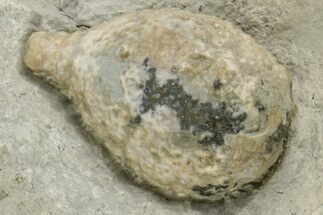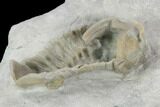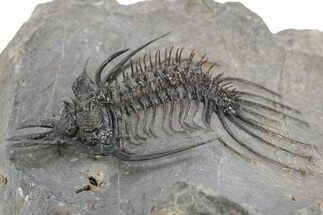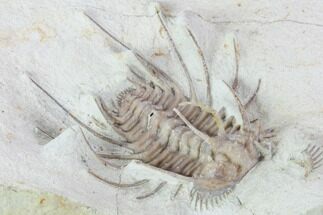This Specimen has been sold.
1.6" Ventral Spathacalymene Trilobite - Indiana
This is an ventrally prepared, 1.6" long specimen of a rare Silurian trilobite from the Osgood Formation in Indiana, Spathacalymene nasuta. This trilobite has a distinctive snout projection off the front of the glabella that may have been used to stir up sediment for feeding.
About Trilobites
Trilobites are an extinct class of marine arthropods that thrived for nearly 270 million years, from the early Cambrian to the end of the Permian period (around 521 to 252 million years ago). They are one of the most successful and diverse groups in the history of life, with over 25,000 described species spanning a wide range of sizes, shapes, and ecological niches. Known for their distinctive, segmented exoskeletons, trilobites provide invaluable insights into the evolutionary history of arthropods and the dynamics of ancient marine ecosystems.
Trilobites are an extinct class of marine arthropods that thrived for nearly 270 million years, from the early Cambrian to the end of the Permian period (around 521 to 252 million years ago). They are one of the most successful and diverse groups in the history of life, with over 25,000 described species spanning a wide range of sizes, shapes, and ecological niches. Known for their distinctive, segmented exoskeletons, trilobites provide invaluable insights into the evolutionary history of arthropods and the dynamics of ancient marine ecosystems.
SPECIES
Spathacalymene nasuta
AGE
LOCATION
Ripley County, Indiana
FORMATION
Osgood Formation
SIZE
1.6" long
CATEGORY
SUB CATEGORY
ITEM
#120104
We guarantee the authenticity of all of our specimens.
 Reviews
Reviews












